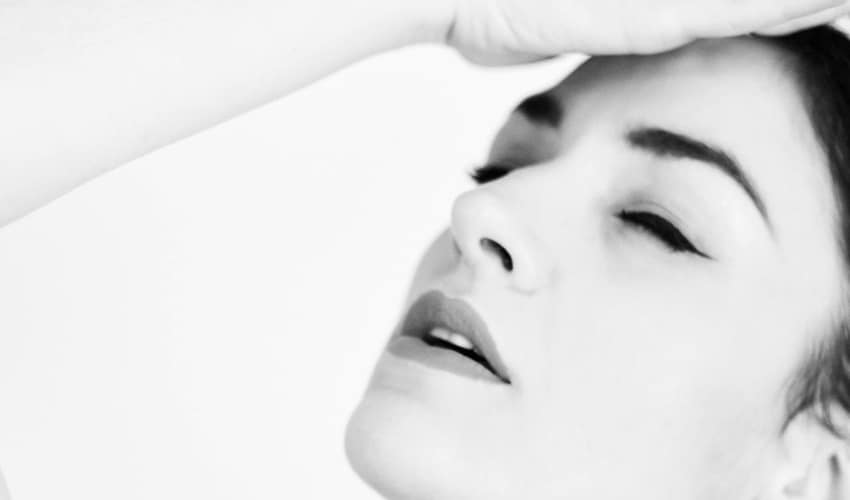
What is the Difference Between a Facelift and Pan Facial Rejuvenation (PFR)?
Most of us know what a facelift is, but you may not be familiar with the term pan facial rejuvenation AKA “full face facelift” or predictive aging.
The short version is that pan facial rejuvenation (PFR) considers the “whole face” – rather than just altering specific sections, resulting in a more harmonious, and natural-looking outcome. It may also include any additional procedures such as eyelid surgery (blepharoplasty), brow lift, temple lift, or an upper lip lift–just to name a few.
If you are considering a facelift or PFR, there are several key differences that may help you to decide which procedure will work best for you…
1. Tailored approach: your PFR procedure is customized to your face.
Possibly the most important difference between a facelift and a PFR is that while a facelift is a single surgical procedure, pan facial rejuvenation is actually a cluster of procedures. The exact procedures that will be performed will depend on your desired results, skin condition, and facial features. This is because every face is unique and therefore ages in a unique way, so depending on your situation the actual procedures will also be unique to you. The ‘whole face’ customized approach of PFR means that the final result will appear more natural and harmonious.
The specific procedures that will end up being relevant to you will be decided upon during consultation with your surgeon. You may also choose to have non-surgical procedures included such as dermal fillers or Botox® or Dysport® injections.
Read more about the procedures that may be included in pan facial rejuvenation.
2. Age of candidate.
The ideal candidates for pan facial rejuvenation are typically over the age of 50 years, whereas facelift candidates may be younger, in their mid-to-late 40’s–depending on skin condition. But also, the ideal candidate is someone who is ready for a dramatic–yet naturally beautiful–transformation. Someone who wants “everything done at once”, rather than separate procedures over a longer period of time.
Read more to find out if you’re the right candidate for pan facial rejuvenation.
3. One surgical session–rather than several.
One of the key benefits of pan facial rejuvenation is that your surgery is completed in one single surgical session of 6-10 hours, rather than several surgeries spread out over a longer period of time. This means that the actual length of the surgery is definitely longer than a standard facelift but it also means that you won’t need to come back for a very long time–if ever.
Some people have concerns about “long format surgery” however, we take precautions to ensure that it is as safe and comfortable as possible.
Read more about the safety of long format operations here.
4. Longer recovery time.
Depending on your age and health, the recovery time for PFR may be slightly longer than a facelift. This may seem like a mild annoyance at first, but not if you look at your pan facial surgery in the big picture. Instead of the downtime associated with several surgeries over several years, you’ll only be out of action for a comparatively short period of time.
Two weeks post-op most of your swelling will have dissipated, but you may still have mild bruising and swelling around the eyes, behind the ears, or on the sides of the face and neck.
Towards the end of the third week, you’ll notice an improvement in the quality of your facial skin and incisions, but you may still experience mild itching and/or numbness. Any bruising should be completely eliminated by this time, and any swelling barely noticeable. At one month post-op you will probably be able to resume all your normal activities but please refrain from heavy exercise until the sixth-week post op.
Read more about post-op recovery time for pan facial rejuvenation here.
Dr. Deschamps-Braly is a board-certified plastic and craniofacial surgeon specializing in facial plastic surgery, orthognathic (jaw) surgery, and craniofacial surgery for adults and children. He is also one of the world’s foremost leaders and innovators in facial gender confirmation surgery.



